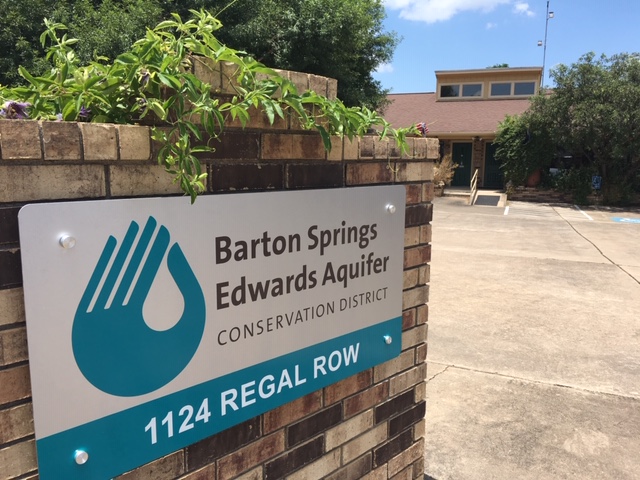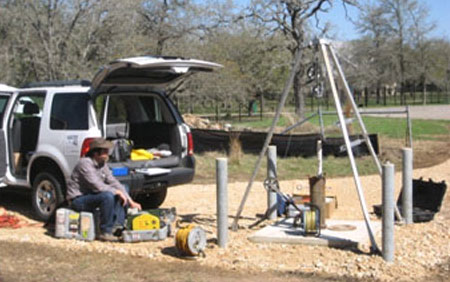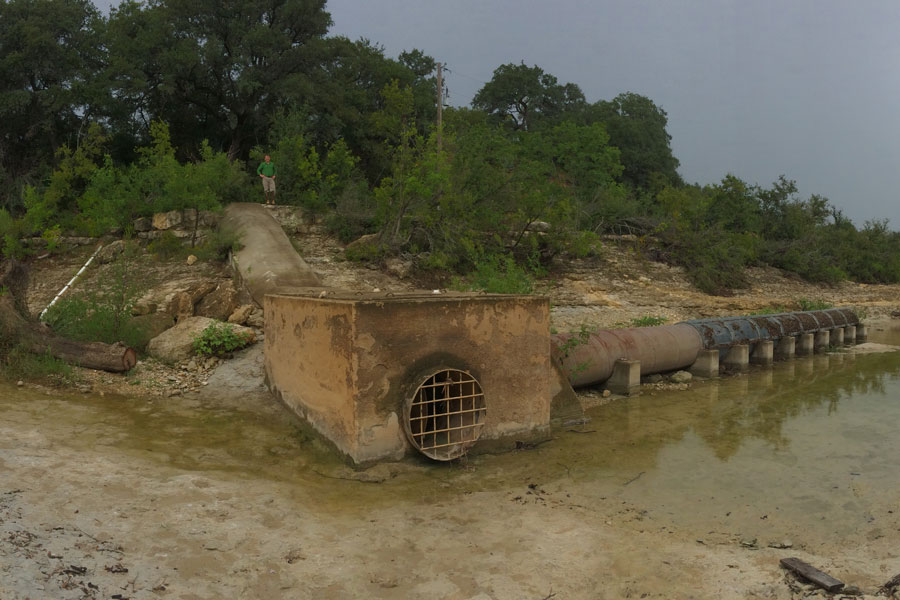Surface-Water and Groundwater Interactions along Onion Creek, Central Texas
 Report: View
Report: View
Topic: Recharge and Recharge Enhancement
Source: GCAGS
Format: Paper
Year: 2016
Onion Creek is an important hydrologic link between two major aquifers in Central Texas. Multiple small springs discharging from the Trinity Aquifers sustain base flow in Onion Creek, which in turn recharges the Edwards Aquifer, ultimately discharging at Barton and San Marcos Springs. The creek generally contains clear, low nutrient water with high ecological and recreational value. This watershed is rapidly being developed and is experiencing significant population growth and land use changes, thus increasing demand for water supplies and potentially affecting regional hydrology. Several wastewater treatment plants are operating in the watershed with additional treatment plants being planned. Despite the critical importance of Onion Creek to the community, no comprehensive gain-loss studies have been conducted that characterize the surface and groundwater interactions across the Trinity (Upper Glen Rose) and Edwards Aquifers. This paper presents the results of a flow study in Onion Creek and its tributaries extending 46 miles from the headwaters in Blanco County to downstream of the Edwards Aquifer recharge zone in Hays County. A total of 69 flow sites were established and acoustic Doppler velocimeters (ADV) were used to make 139 wading flow measurements from January through December 2015. Detailed geologic, hydrogeologic, and geochemical data were incorporated into the evaluation to understand the hydrogeologic significance of the data. Two synoptic flow-measurement events were done during low and high flow conditions in July and November 2015, respectively. This study reveals complex surface and groundwater interactions in the Onion Creek watershed. Flow losses are documented to occur along a creek reach underlain by the Upper Glen Rose. These losses combined with other hydrogeologic and geochemical data suggest Onion Creek provides some recharge to the Middle Trinity Aquifer in those reaches. A better understanding of the surface water and groundwater interactions along the creek is important for groundwater and surface-water management in an area undergoing significant population growth.






